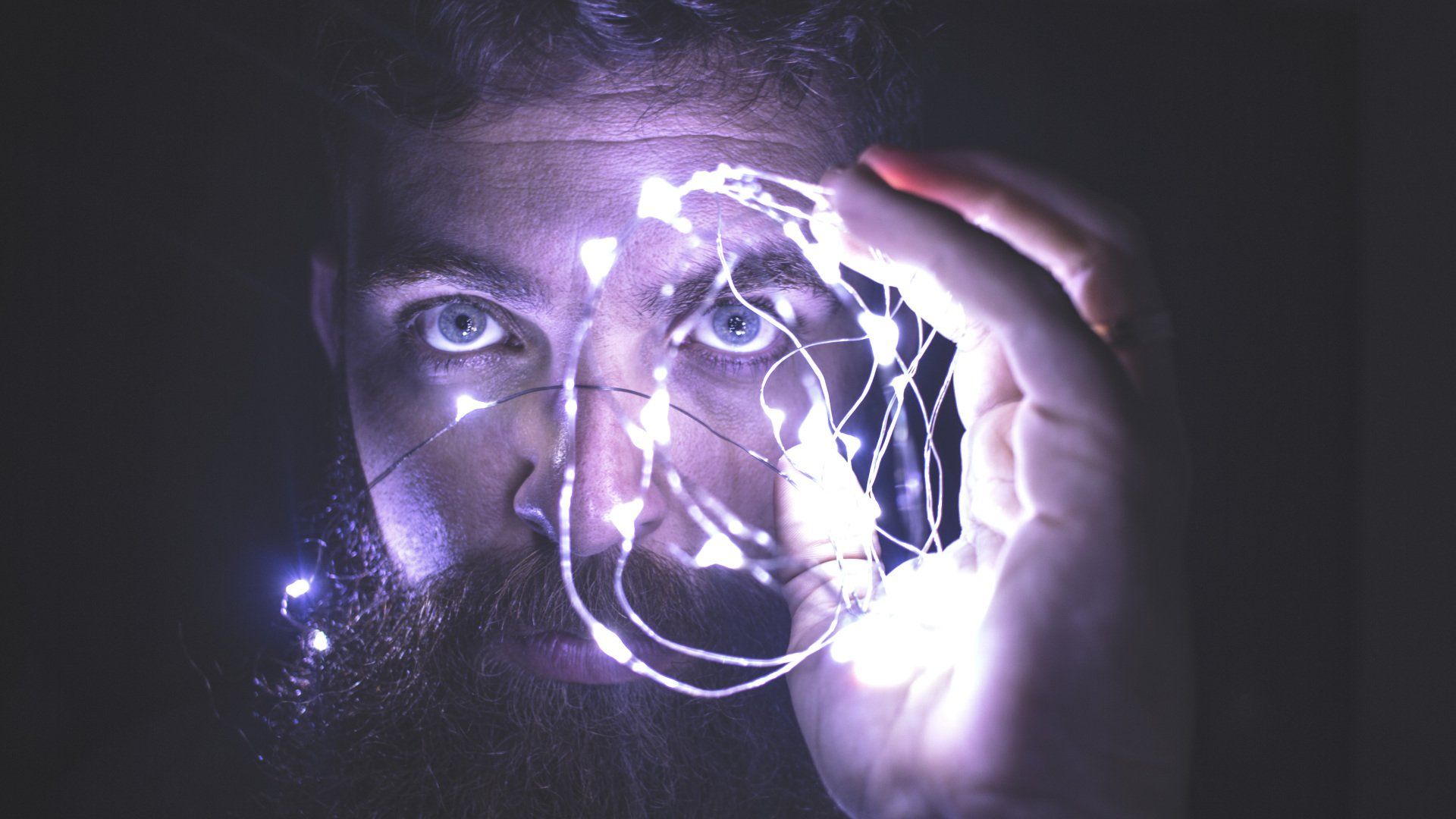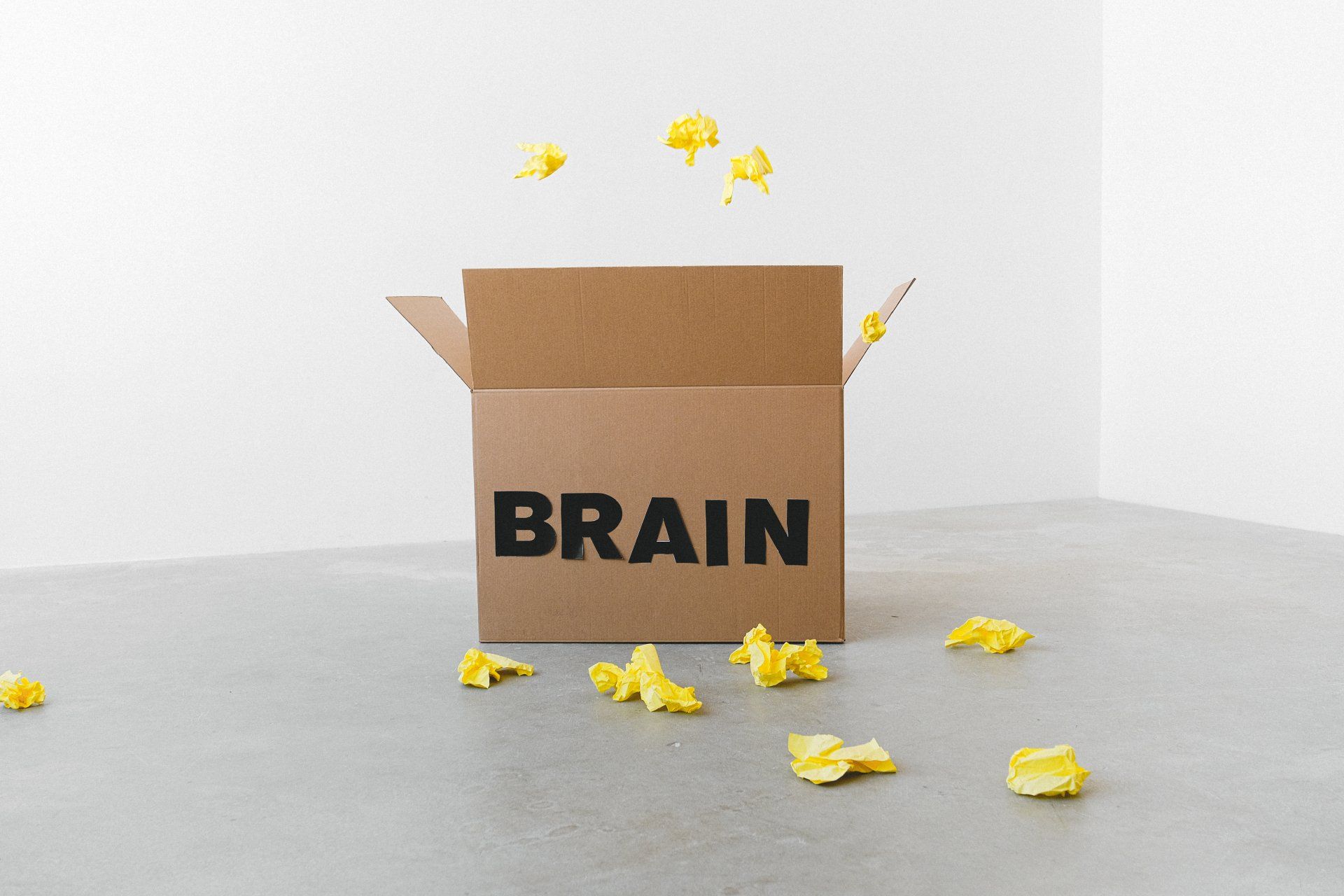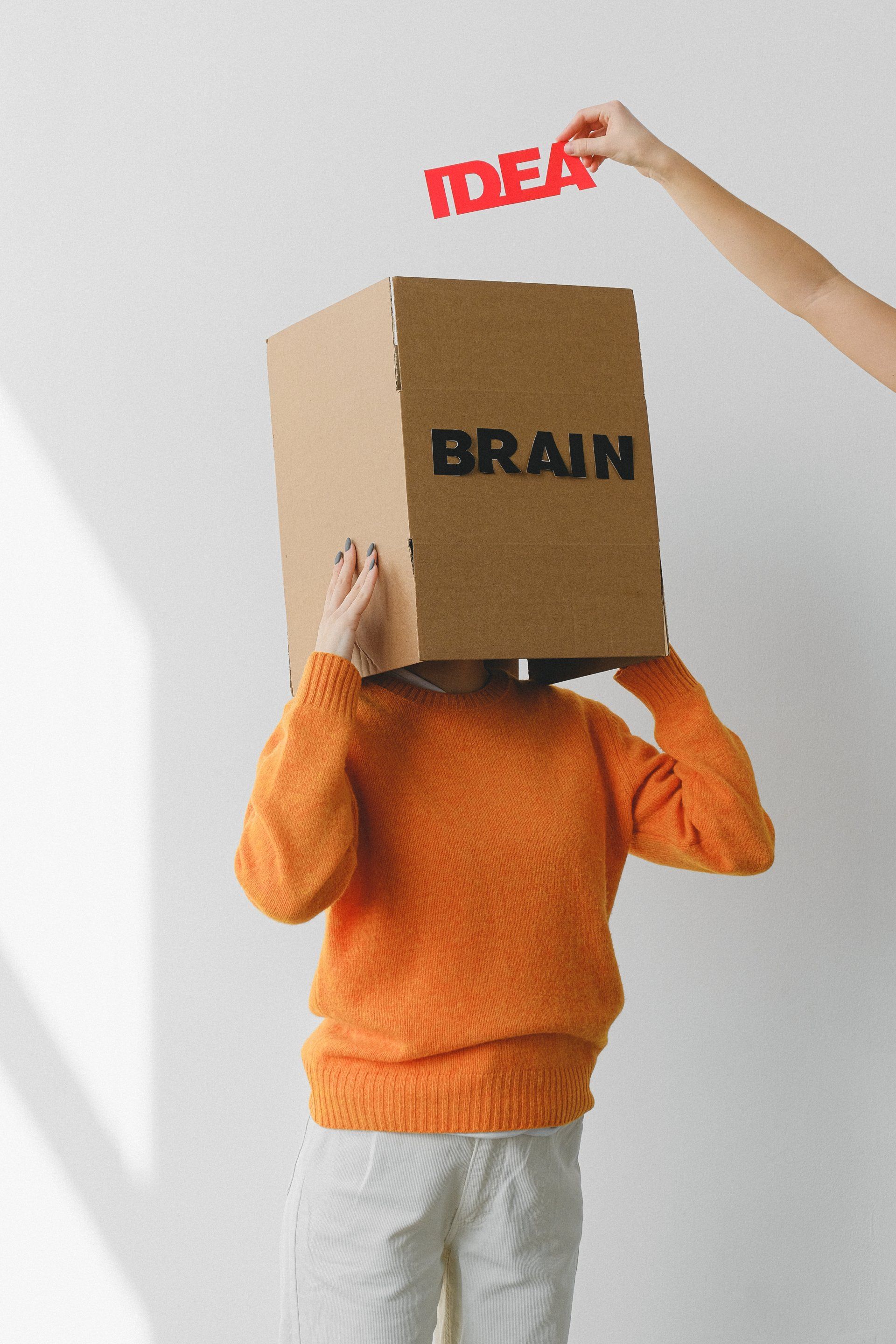Brainspotting
"Where you look affects how you feel"
A powerful, neuroexperiential, focused mindfulness process, body-brain treatment approach that harnesses the brain's ability for healing and expansion
What is brainspotting?
Brainspotting (BSP) is a powerful, neuroexperiential focused treatment method that easily integrates into other therapies. At its core, BSP draws upon both the neurobiological attunement and the therapist’s deep relational attunement to the client. The two attunements work together to create a powerful framework that enhances healing and expansion.
Past traumatic experiences can overwhelm one’s nervous system. BSP allows us to gain access to the subcortical brain (where deep memories and emotions lie). By accessing, processing and releasing Brain spots, we can relieve and heal sources of pain/trauma. This leads to healing and performance enhancement. BSP was was developed by David Grand, Ph.D. in 2003
What's a brainspot?
A Brainspot is a relevant eye position. This can be chosen by either the client or the psychotherapist. Often, the individual will find a Brainspot by noticing an increase of emotions or body sensations in a particular visual location. The therapist may also find Brainspots by observing reflexive responses in the client. A Brainspot gives access to the emotionally charged issue in the brain. It’s a bottom up approach, rather than trying to solve a problem from the top down by trying to use the (neocortical) conscious “thinking” brain. While the client is processing on the spot for a prolonged period of time, we find that the experience moves in a direction of discharge, healing, and change. Brainspotting makes use of bilateral stimulation. This involves listening to soothing background music and/or nature sounds which move from ear to ear. Bilateral stimulation is known to increase effectiveness.
In short, “Where you look affects how you feel.”
How does Brainspotting help me?
BSP is a way to work on trauma or painful emotions in a safe environment. It can also be used to find and strengthen resources and resiliency and to enhance positive feelings and performance. A lot of times, we can get stuck in emotional responses and maladaptive patterns of behavior that often seem impossible to change or resolve. Through Brainspotting, individuals tend to escape these stuck patterns. They find relief from painful emotional experiences and repetitive feelings.
Since there are 1-4 quadrillion neurons in the brain, the possibilities of what your session may look like are infinite. Feel free to ask your therapist how this could look and be integrated into your current treatment or what it may look like to get started. BSP sessions are recommended at 90 minutes but can be effective in shorter sessions as well (depending on the amount of time needed for processing and recovery). Once they learn about BSP, many people don't want to wait months to get in-depth healing or goal achievement. We also offer intensives. These last anywhere from 3 hours to a full weekend. People accomplish what they normally would in 6 months on a weekend. We encourage you to talk with your therapist to see what the best time would be for you. BSP therapy starts with a general assessment and education then moves into processing. The sessions often end with grounding exercises.
What does brainspotting help?
Brainspotting can help and work with a wide range of healing modalities and populations from children to seniors including, but not limited to:
- anxiety
- trauma
- creativity
- emotional distress
- attention issues
- stress
- performance
- sport performance
- chronic pain
- sexual trauma
- physical injury
- stroke
- preparation or recovery from surgery
- chronic illness
- phobias
- anger
Bio-lateral music
Bi-lateral and Bio-lateral music can be easily confused, but they are quite different.
Bi-lateral music is used in Eye Movement Desensitization Reprocessing (EMDR) therapy. With bi-lateral music, sound alternates between the left and right sides using a steady rhythmic pattern. This pattern is predictable. Some clients find it jarring.
Bio-lateral music was created by the developer of Brainspotting therapy, Dr. David Grand. This music is specifically designed for BSP. The music gently pans between the left and right hemispheres of the brain. It is intended to be played through headphones at very low, almost inaudible, volume. Most clients find this music calming. Bio-lateral music allows for deeper processing as it helps clients access the midbrain.
Bio-lateral music can be found online through popular music platforms, such as: Youtube, Spotify, Apple Music. It is strongly recommended that you try the music first in the presence of an attuned therapist. You and your therapist work together to determine how your particular brain will respond to the stimulation. If you and your therapist believe the music fits your process, you may use it throughout your week or you may only use this during sessions.
David Grand Bio-Lateral playlist | biolateral.com | Bodhi Tree
How to Prepare
We encourage you to reflect and write down any goals you may have and what you would like to accomplish in sessions.
Throughout the week, we encourage you to be mindful about what you are noticing, to keep track of progress, and to discern what is present for you.
We suggest our you watch the videos below to get an idea of how Brainspotting works and what it looks like. If you want more information, we recommend reading the book on Brainspotting by David Grand.
Brainspotting is a collaborative process. We believe the more information you have the more you will get out of the process.






